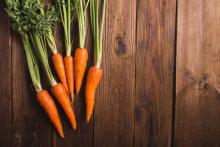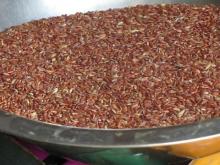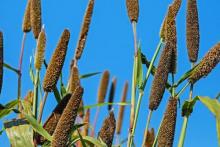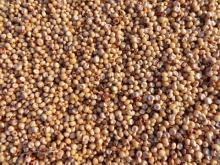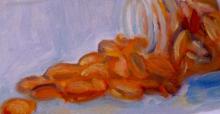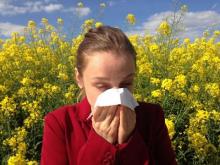Know Your Vitamins: Vitamin A
We know vitamins are good for us, but do you know exactly what each one is good for? Sure, we know vitamin C is good for a cold, but do you know why? In this series, we will take a look at each vitamin and delve into what role each one has to play in nutrition.

